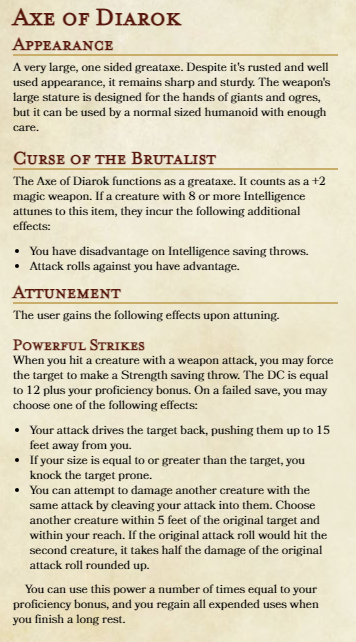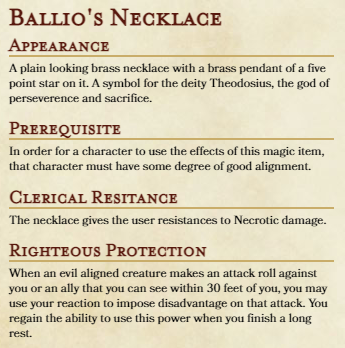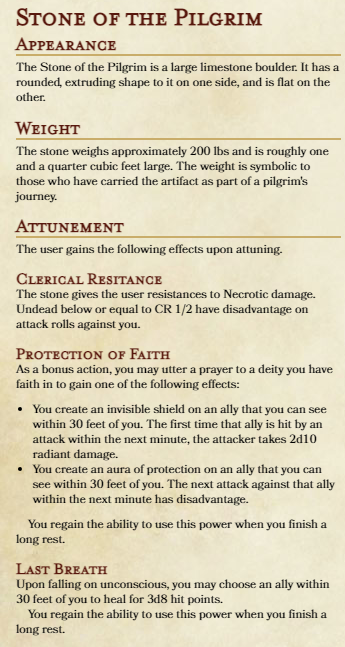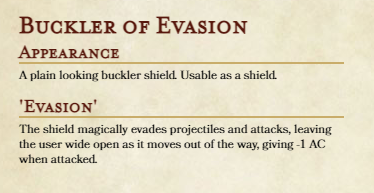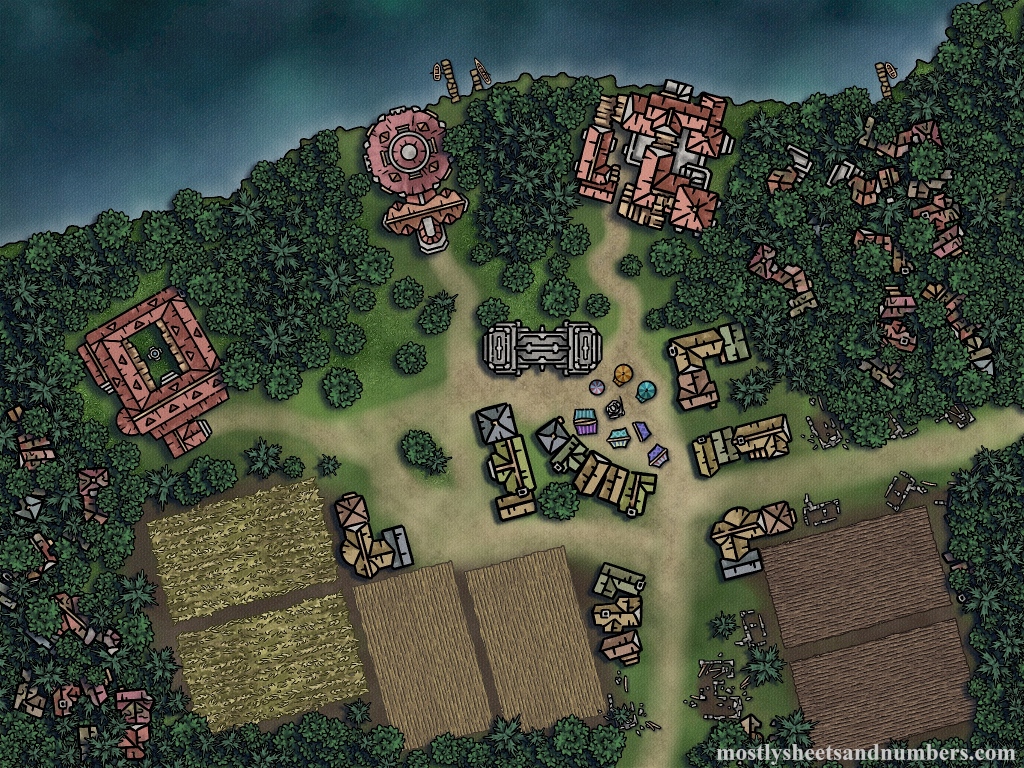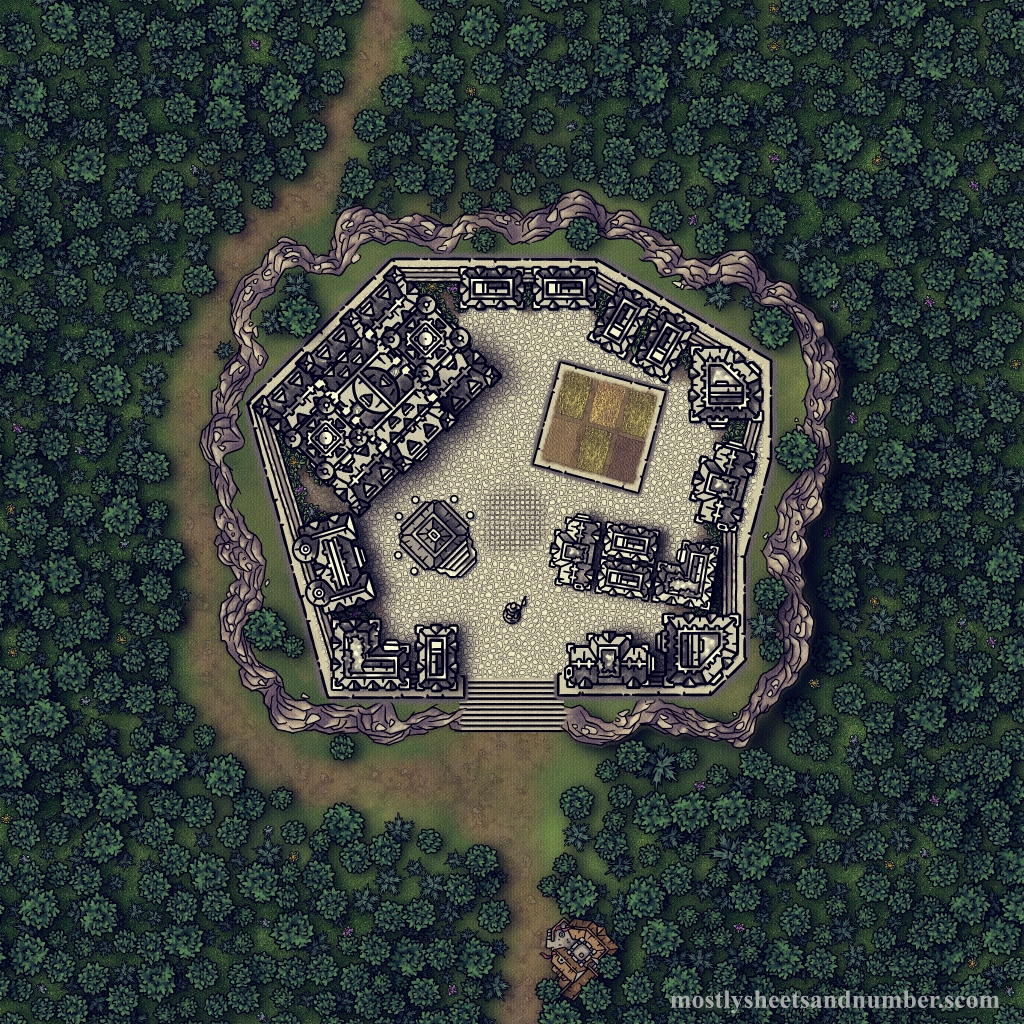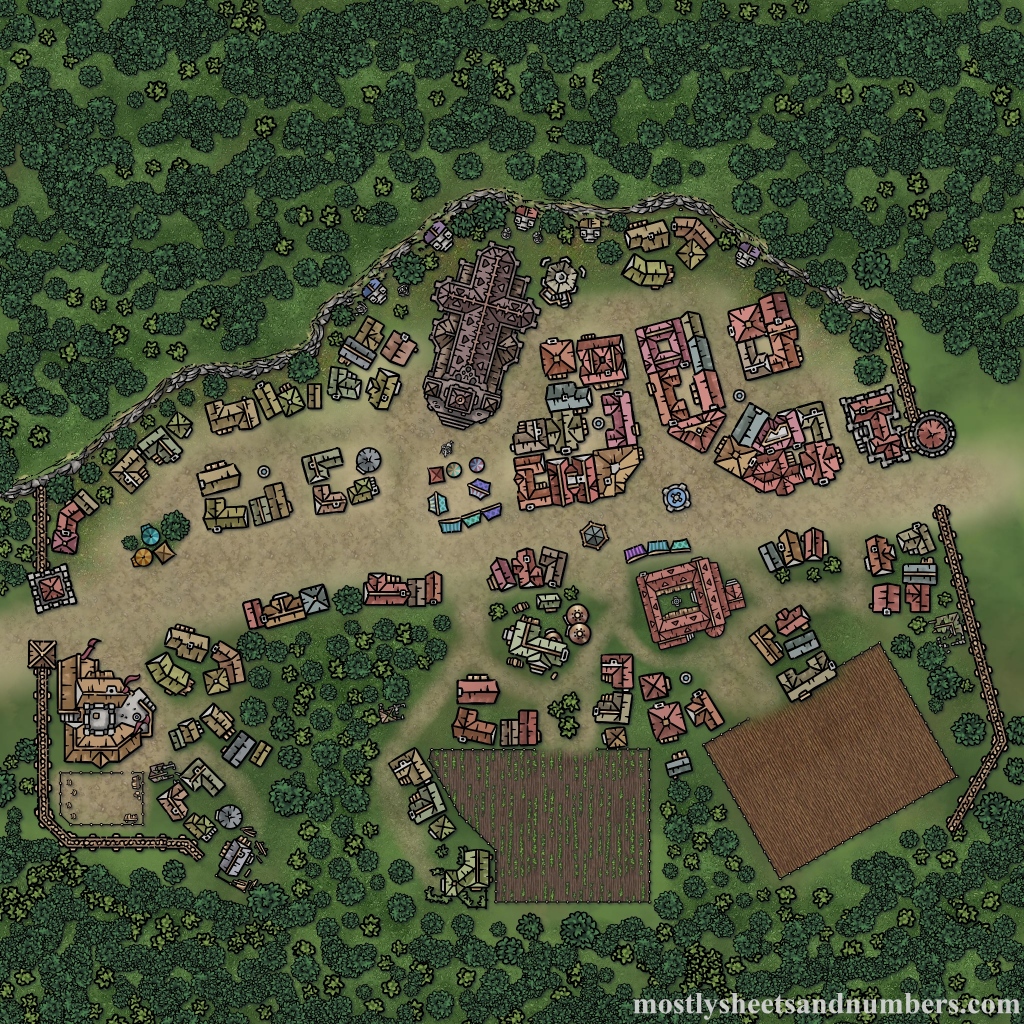A common-ish class combo in Dungeons and Dragons fifth edition is the Barbarian-Druid multiclass. The idea of this character is to become a raging beast, using the Barbarian Rage mechanic and Druid Wild Shape to become a super tank in combat. I was lucky enough to have the experience of making and playing this type of character in a past campaign, so I thought I’d write a guide on the setup and some of the more quirky aspects of the class combination.
Character Levelling
Choosing how to level your character is important for making it work. In our case, because the strength of your Druid Wild Shape is tied to your Druid level, you’ll generally prefer putting level-ups into your Druid class.
However, among the things you’ll want from the Barbarian class are Rage, Unarmored Defense, Reckless Attack, and possibly a Primal Path. Worth noting, Extra Attack has some special rules associated with it that I’ll go into in a later section.
For levelling splits, I’d advise to start druid and not dip barbarian until you have at least Wild Shape and your Druid path at 3rd level. It’s also worth waiting until you have your first extra Druid Circle feature at level 6 before putting your your second level into Barbarian, as 6th level druid is a large power-spike.
Here’s a table of the early class levels, with powerful features in bold:
| 1 | 2 | 3 | 4 | 5 | 6 | |
|---|---|---|---|---|---|---|
| Barbarian | Rage, Unarmored Defense | Reckless Attack | Primal Path | Ability Score Improvement | Extra Attack | Path Features |
| Druid | Spellcasting | Wild Shape, Druid Circle | 2nd Level Spells | Ability Score Improvement | 3rd Level Spells | Druid Circle feature |
For subclass options, your Druid path is locked in to Circle of the Moon. The reasons are pretty obvious once you get into the class, Moon Druid allows you to Wild Shape as more powerful creatures as well as allows you to expend spell slots to heal yourself.
For Barbarian, if you make it far enough to pick a Primal Path, you’ll have more options. In fact, almost any option is worthwhile and it’s almost entirely up to preference. I find Totem Warrior to be fun flavor for a Druidic wildman-esque character or Zealot as a sort of avenger of nature.
Ability Scores
For ability scores, the optimal thing would be to focus on your mental ability scores (INT, WIS, CHA) because these are maintained while in Wild Shape (STR, DEX, CON use the Wild Shape creature’s stats). Wisdom is a Druid’s casting ability so it would make sense to prioritize this, and then Constitution would also be important in order to survive outside of your Wild Shape.
Other than that, your stats are fairly free range for this build. You could emphasize Strength or Dexterity to be a martial threat even in your regular form or you could emphasize your Intelligence and Charisma in order to shore up against saves involving those stats. It’s up to the character you want to create!
Extra Attack vs Multiattack
Many higher levelled Druid Wild Shape options have an action called Multiattack allowing them to do multiple attacks from their list of actions. For example, the brown bear has the following options:
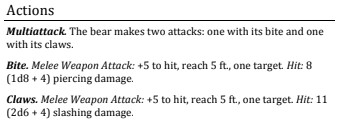
Barbarian at fifth level also has an ability called Extra Attack, which states “Beginning at 5th level, you can attack twice, instead of once, whenever you take the Attack action on your turn.” The key phrase in this is “the Attack action”. If you look at the brown bear example, Multiattack is its own action and not an Attack action in the ruleset. The individual Bite and Claws ARE however “Melee Weapon Attacks” (they are considered “natural weapons”) and as such can individually be used with the Multiattack class feature.
Natural Armor vs Unarmored Defense
Wild Shape creatures use their Natural Armor AC listed on their stat blocks. It’s just a flat number and cannot be increased or decreased as Natural Armor.
Unarmored Defense, however, is a first level Barbarian feature that lets you replace your characters normal AC (natural or from armor) to 10 plus your Dexterity modifier plus your Constitution modifier. This is usable even in Wild Shape, allowing you to use the Wild Shape creature’s Dexterity and Constitution (NOT your player character’s stats) to benefit your AC. It depends on the creature, but generally this gives an extra 1 or 2 points into your AC, which is always helpful.
Spellcasting and Lack Thereof
Druid are a full-spellcasting class, but we’ll be largely ignoring that in favor of being a large, angry animal. Normally in Wild Shape a Druid is able to maintain the concentration of spells they cast in their regular form, but the Barbarian Rage prevents spellcasting and concentration of spells while active.
The mechanic replacing our spellcasting will be Moon Circle Druid’s class feature which allows us to expend a spell slot in order to self-heal as a bonus action. Since expending the spell slot for the class feature is not the same as casting a spell, not only can you use it in while in Wild Shape but you can also use it while in your Barbarian Rage. This allows for heavy tanking on the part of the player character by using both the Barbarian Rage damage resistance combined with the consistent ability to regenerate health.
Wild Shape Advice
Not all Wild Shape forms are created equal. Some are powerful damage dealers, some are weaker damage-wise but more reliable, and then some have very specific utility purposes.
Fortunately, a great guide for this already exists on rpgbot.net. You can find the page here. It goes over the list of animals pretty extensively, and probably goes more in depth than I would here.
Other Stuff
That’s it for now. I may add more to this guide later, but feel to comment or email about any important mechanics that should maybe be added to this guide!
